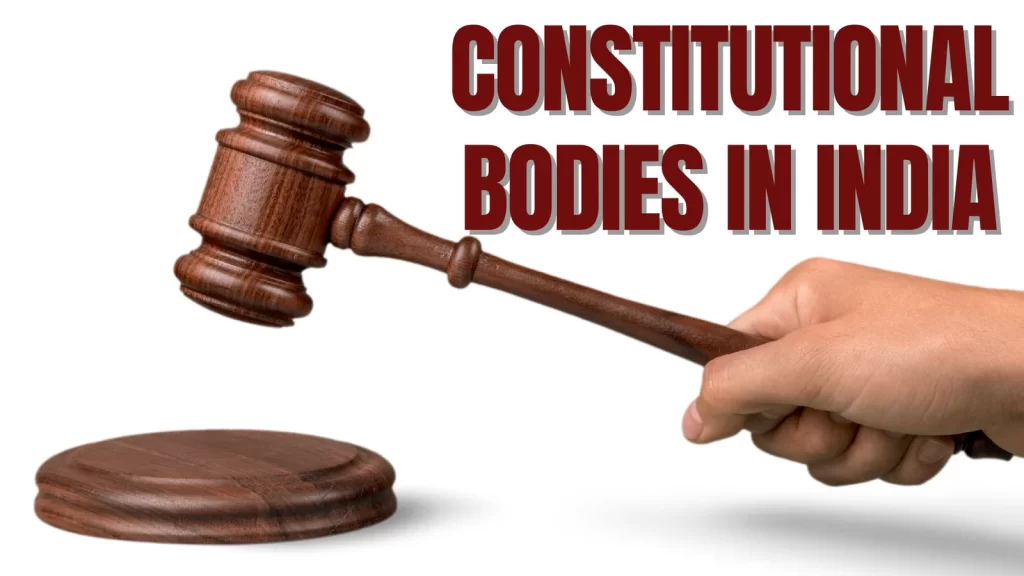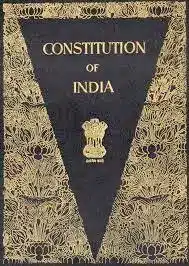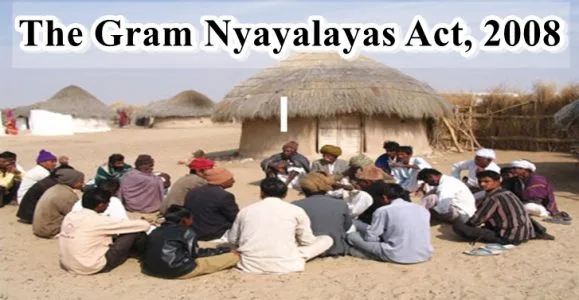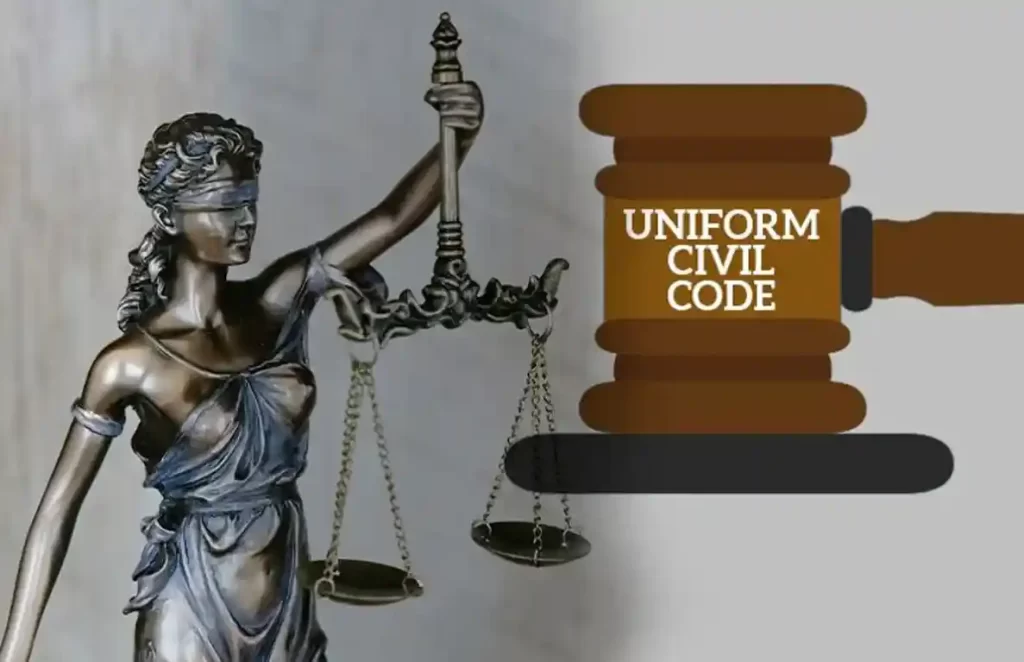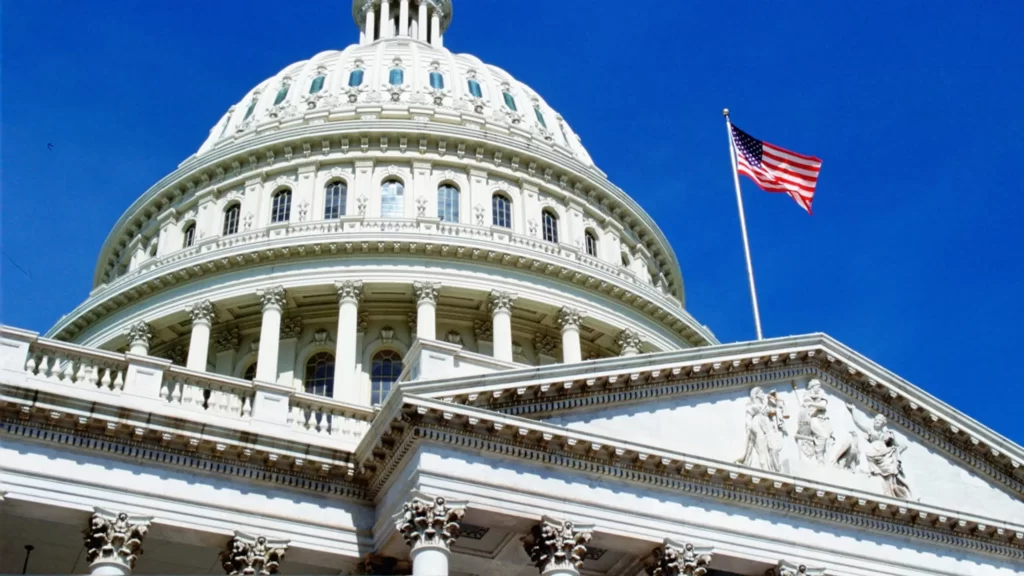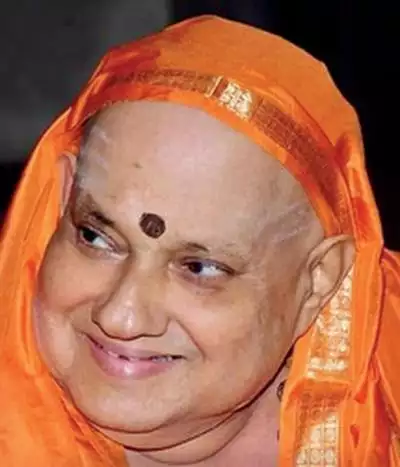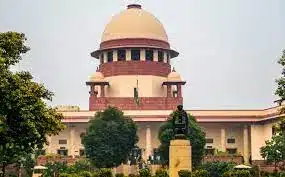Evolution Of Panchayati Raj Institution
Recommendation of different committees about the Panchayati Raj institution are given below:
1. Balwant Rai Mehta Committee (1957)
Originally appointed by the Government of India to examine the working of two of its earlier programs, the committee submitted its report in November 1957, in which the term ‘democratic decentralization‘ first appears.
The important recommendations are:
- Establishment of a three-tier Panchayati Raj system – gram panchayat at village level (direct election), panchayat Samiti at the block level and Zila Parishad at the district level (indirect election).
- District Collector to be the chairman of Zila Parishad.
- Transfer of resources and power to these bodies to be ensured.
The existent National Development Council accepted the recommendations. However, it did not insist on a single, definite pattern to be followed in the establishment of these institutions. Rather, it allowed the states to devise their own patterns, while the broad fundamentals were to be the same throughout the country.
Rajasthan (1959) adopted the system first, followed by Andhra Pradesh in the same year. Some states even went ahead to create four-tier systems and Nyaya panchayats, which served as judicial bodies.
2. Ashok Mehta Committee (1977-1978)
The committee was constituted by the Janata government of the time to study Panchayati Raj institutions. Out of a total of 132 recommendations made by it, the most important ones are:
- Three-tier system to be replaced by a two-tier system.
- Political parties should participate at all levels in the elections.
- Compulsory powers of taxation to be given to these institutions.
- Zila Parishad to be made responsible for planning at the state level.
- A minister for Panchayati Raj to be appointed by the state council of ministers.
- Constitutional recognition to be given to Panchayati Raj institutions.
Unfortunately, the Janata government collapsed before action could be taken on these recommendations.
3. G V K Rao Commitee (1985)
Appointed by the Planning Commission, the committee concluded that the developmental procedures were gradually being taken away from the local self-government institutions, resulting in a system comparable to ‘grass without roots’.
- Zila Parishad to be given prime importance and all developmental programs at that level to be handed to it.
- Post of DDC (District Development Commissioner) to be created acting as the chief executive officer of the Zila Parishad.
- Regular elections to be held

4. L M Singhvi Commitee (1986)
Constituted by the Rajiv Gandhi government on ‘Revitalisation of Panchayati Raj institutions for Democracy and Development’, its important recommendations are:
- Constitutional recognition for PRI institutions.
- Nyaya Panchayats to be established for clusters of villages
Though the 64th Constitutional Amendment bill was introduced in the Lok Sabha in 1989 itself, Rajya Sabha opposed it. It was only during the Narasimha Rao government’s term that the idea finally became a reality in the form of the 73rd and 74th Constitutional Amendment acts, 1992.
Also, refer :
- Important Articles Of Indian Constitution
- Difference Between Fifth Schedule And Sixth Schedule
- Top 50 Science MCQs For Competitive Exams
- Know About The Different Financial Sector Regulators In India

